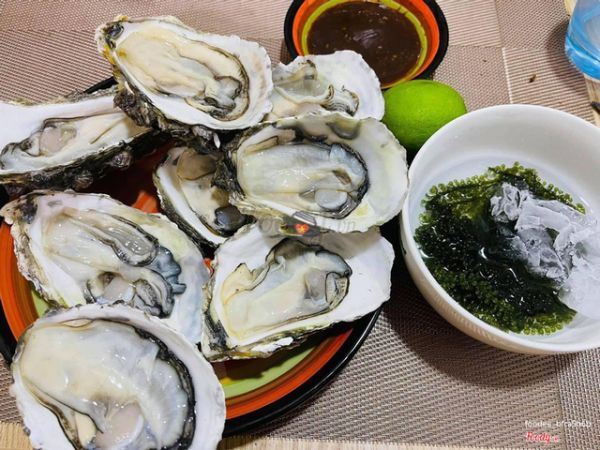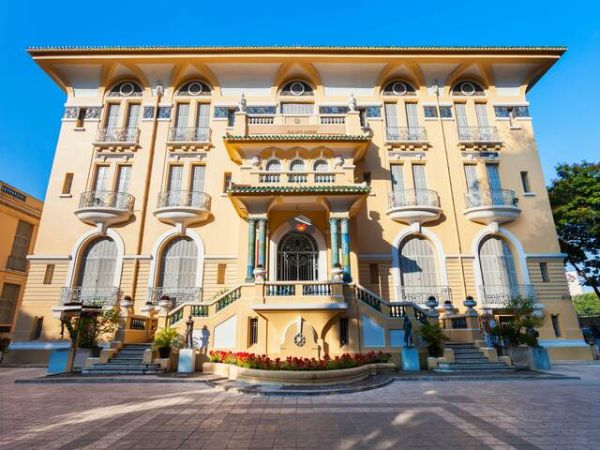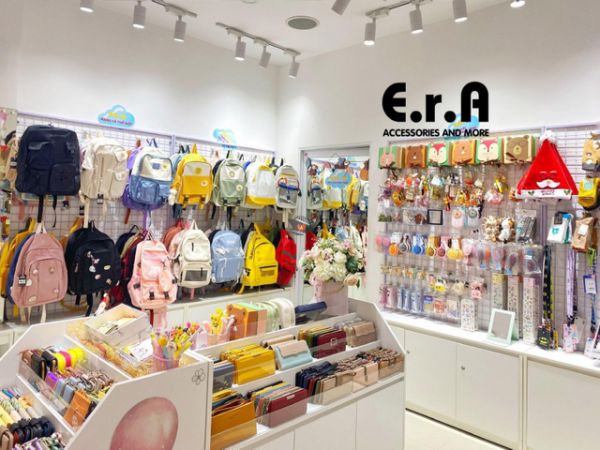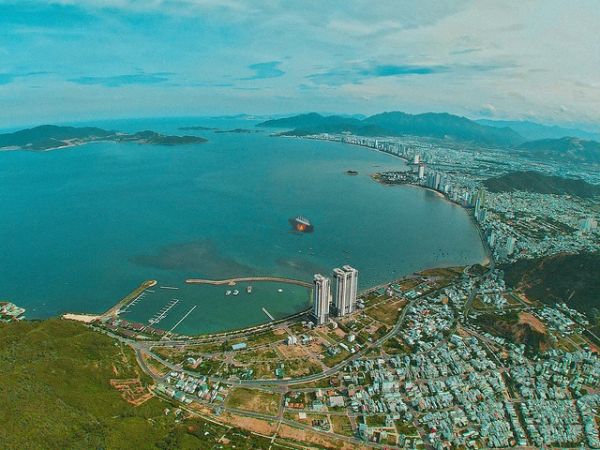IMPERIAL CITADEL OF THANG LONG HANOI

Imperial Citadel of Thang Long Hanoi. The Thang Long Imperial Citadel was erected in the 11th century by the Ly Viet Dynasty to commemorate the Dai Viet's independence. It was built over the remnants of a 7th-century Chinese stronghold on drained soil from Hanoi's Red River Delta.
Imperial Citadel of Thang Long Hanoi Information:
Address: 19C Hoang Dieu Street, Dien Bien Ward, Ba Dinh District, Hanoi City
The opening hours: From 8:00 AM - 5:00 PM.
The Imperial Citadel of Thang Long is one of Hanoi's most popular tourist sites, particularly for those interested in learning about Vietnamese culture and history.
The Imperial Citadel of Thang Long occupies a particular place in the hearts of individuals who like learning about Vietnam's thousand-year history. Each historical site has its own narrative to tell, making it an enthralling experience. Continue reading to learn what awaits you on your Hanoi Shore Excursions.
The property is located in the middle of Hanoi, approximately 2 kilometers from the Old Quarter. You may arrange a tech-based motorbike or taxi for maximum convenience, or you can rent a motorbike and ride there yourself.
The main gate is located at 19C Hoang Dieu Street, so make sure you arrive there.
In addition, Cua Bac Church, Quan Thanh Temple, and the Vietnam Military History Museum are all within a short walk of the Imperial Citadel of Thang Long.
The history of The Imperial Citadel of Thang Long Hanoi:
The Ly Dynasty of Vietnam built the Imperial Citadel of Thang Long in the 11th century, marking the beginning of Dai Viet's independence. This colossal edifice was built on the foundation of a Chinese stronghold going back to the seventh century. For about thirteen centuries, it played a critical role in regional political power.
Surprisingly, the Imperial Citadel of Thang Long in Vietnam's capital was named one of the country's ten unique national cultural monuments in 2009, and it was placed on the UNESCO World Cultural List in 2010. Its worldwide relevance stems from its long history, continued function as a seat of authority and many cultural layers.
In terms of historical importance, the Imperial Citadel of Thang Long's relics and artifacts illustrate a constant history of governance, economics, and culture across several dynasties. This history begins in the 7th to 9th centuries, when the Chinese Tang Dynasty ruled over An Nam's old capital Dai La. It evolved into Thang Long Forbidden City throughout the Ly, Tran, Early Le, Mac, and Late Le dynasties, and Thang Long-Hanoi was established in the nineteenth century by the Nguyen Dynasty. This historical importance continued during the French colonial period and continues to the present day.
In debates of cultural worth, the objects discovered at the Imperial Citadel of Thang Long in Hanoi provide exceptional evidence of long-term cultural exchange. This location has received cultural influences from China, Champa, and France. Landscape design, palace layout, architectural art, and court decorating demonstrate a wide range of cultural advances across time.

The unique building of The Imperial Citadel of Thang Long Hanoi:
1. The Main Gate - Doan Mon:
Doan Mon is located to the south of Kinh Thien Palace, with the Hanoi Flag Tower on the same axis. The main gate, made of stones and bricks, features a U-shaped construction with five gates symmetrically set along a central axis, known as the Imperial Citadel's "righteousness axis". The principal architectural feature of Doan Mon is a watchtower gazebo with three rolling arches. The use of rolling arch architecture not only added elegance but also improved load-bearing capacity. In modern times, Doan Mon's spectacular and unique architectural style has made it a great spot for various tourists touring Thang Long's Imperial Citadel to record memorable moments.
2. Northern Gate - Cua Bac:
Chinh Bac Mon, commonly known as Cua Bac, is located on Phan Dinh Phung Street. It is the only remaining entrance to the Hanoi Citadel from the Nguyen Dynasty, and it was rebuilt in 1805 based on the Le Dynasty's northern gate.
A watch tower gazebo perched atop the entrance provided imperial forces with a clear view of both the citadel's environs and interior, allowing them to monitor enemy activities.
Today, significant restoration is underway to celebrate Hanoi Citadel's history and individuals such as Nguyen Tri Phuong and Hoang Dieu, who made heroic sacrifices in the defense of Thang Long Royal Citadel against the French.
3. Hanoi Flag Tower - Cot Co Hanoi:
The Hanoi Flag Tower, located on Dien Bien Phu Street, was built in 1812 during the reign of King Gia Long of the Nguyen Dynasty. This is one of the rare architectural structures in Hanoi that managed to avoid demolition under French colonial control from 1894 to 1897.
The crimson flag with a yellow star, known as the National Flag, was first raised atop the Hanoi Flag Tower on October 10, 1954. This ceremony commemorated a momentous moment: Hanoi's complete liberation. The tower itself was designated a historical monument in 1989.
4. Kinh Thien Palace:
The Kinh Thien Palace, where King Le Thai To rose to the throne in 1428, later hosted crucial court rituals, foreign guests, and important national affairs talks.
Kinh Thien Palace has always played an important role in the Imperial Citadel of Thang Long. The foundation and threshold that remain now are modest relics of the Le Dynasty's palace architecture, providing glimpses into the Kinh Thien Palace's prior magnificence.
5. Lady Pavilion:
Hau Lau, originally known as Tinh Bac Lau (meaning the palace that maintains the North at peace), is around 2,392 square meters. It arose following the Later Le dynasty and functioned as the residence and daily activity quarters for queens and princesses.
The palace was built of bricks, and the roofs were fashioned in the typical Vietnamese architectural style, with multi-level roofs ornamented with crescent-shaped blades.
The French commonly referred to Hau Lau as the "Pagoda des Dames" (Women's Pagoda). Hau Lau sustained significant damage in the late nineteenth century. However, the French later renovated and reconstructed it, preserving its present form.
6. D67 Revolutionary House:
D67 Revolutionary House was built on the northern grounds of Kinh Thien Palace, commonly known as General Headquarters. This was where critical and strategic plans were developed, allowing the nation to launch the resistance struggle against the United States.
The D67 Revolutionary House is now protected and used to successfully contribute to the creation and development of Vietnam's revolutionary history.
7. Archeological Sites:
Archaeologists in this region have discovered a wide range of architectural structures and artifacts dating back over 1300 years. These strata of relics accumulated steadily throughout time, starting with the Dai La Dynasty (7th - 9th century) and ending with the Nguyen Dynasty (1802-1945). This amazing trait adds significantly to the unique worth and individuality of these artifacts.

Things to see at The Imperial Citadel of Thang Long Hanoi:
With a large number of tourists visiting the Imperial Citadel of Thang Long Hanoi each year, several excursions for both foreigners and locals have been conducted. These tours not only provide useful information about the location, but they also provide enjoyable cultural experiences.
A night at the Ancient Imperial Citadel: When you sign up for this tour, you will have the opportunity to explore the Imperial Citadel of Thang Long at night, participate in the ancestral incense ceremony at Kinh Thien Palace, play the Imperial Citadel Decoding game with meaningful gifts, and so on.
Foreign visitor trips include taking photographs in royal costumes, seeing and listening to historical anecdotes about various artifacts, watching folk art performances, and immersing yourself in folk culture at souvenir stalls.
Domestic tourist trips are identical to those for international tourists; however, guests will be able to participate in an incense-giving ritual at Kinh Thien Palace and release birds in prayer for peace and tranquillity.
The Thang Long - Hanoi Heritage Conservation Center improves the Imperial Citadel of Thang Long experience by hosting cultural activities and annual festivals, such as the Lunar New Year and Mid-Autumn Festival. The ancient Citadel Hanoi also holds major cultural events such as the Hanoi Craft Village Tourism Festival, the Hanoi Ao Dai Festival, and the Hanoi Book Fair. Key yearly activities include the Mid-Autumn Festival Experience Program and the Vietnamese New Year Program.

Tips For Visting Imperial Citadel of Thang Long Hanoi:
It is important to dress appropriately, so avoid shorts, skirts, tank tops, transparent apparel, and so on.
Remember to safeguard historical antiques and artifacts, keep the environment clean, and dispose of waste properly.
Park your vehicle at the approved space (19C Hoang Dieu).
Do not utilize a drone during your visit to the location.
Hanoi Citadel is more than simply a tribute to a thousand years of beautiful history; it also represents the numerous civilizations that have thrived over various times of change. During your stay, do some study to have a better knowledge of the Imperial Citadel of Thang Long Hanoi. Hopefully, this post has given you some useful advice for touring this ancient location.
The legal protection of property is essentially based on two laws: the Law on Cultural Heritage (2001), which protects the numerous recognized movable and immovable components of the property, and the Law on Construction, which governs all activities and projects. In the case of a conflict in the implementation of these two laws, such as a proposed project on the property nominated for inscription, the Law on Heritage Management takes precedence. The legal protection in place is enough for the property, but it must be finished, and a larger buffer zone should be planned.
The management authority is well-defined and already functional: in 2006, the People's Committee of Hanoi entrusted the Co Loa and Thang Long Vestiges Preservation Centre, also called Thang Long Centre, with the responsibility for the property's management. The general guidelines of the Management Plan are satisfactory, but this Plan must be enacted, and the archaeological studies component should be strengthened and expanded.

Hotline/ WhatsApp: +847-6666-0606
Email: info@friendlytravel.vn













